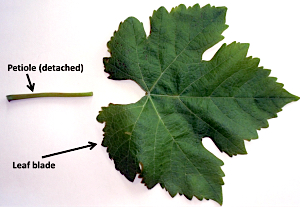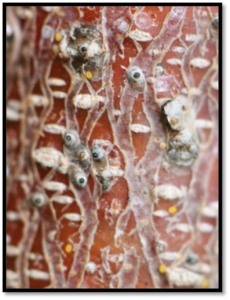Peach
Oriental Fruit Moth (OFM): Second generation flights are very low in most areas. By all indications this generation should produce much lower pressure than the 1st generation. Any insecticides which are applied now should target this generation. Growers who have trap counts that are less than 6 moths per trap can skip insecticides that are intended for OFM. If trap counts are higher, then time your sprays according to the following table:
[Read more…]




